
"The Elegance of India: The Cultural Significance of the Saree"
The saree is more than just a piece of clothing in India; it is a symbol of tradition, grace, and cultural heritage that spans centuries. Worn by women across the country, the saree holds a special place in Indian culture, reflecting regional diversity and aesthetic sensibilities.
**Historical and Cultural Context:**
The history of the saree dates back thousands of years, with mentions in ancient texts and scriptures. It has evolved over time, influenced by various cultures and dynasties that ruled the Indian subcontinent. The drape, style, and fabric of the saree can vary significantly from one region to another, showcasing the rich cultural tapestry of India.
**Regional Diversity:**
India's diversity is beautifully captured in the variety of sarees found across its states. Each region boasts its own weaving techniques, motifs, and designs, which are often deeply rooted in local traditions and craftsmanship. For example, the Banarasi saree from Varanasi is known for its intricate brocade work, while the Kanjivaram saree from Tamil Nadu is renowned for its vibrant colors and heavy silk fabric.
**Symbolism and Occasions:**
The saree holds great symbolic significance in Indian society. It is worn not only on everyday occasions but also during festivals, weddings, and religious ceremonies. The choice of saree often reflects the wearer's social status, cultural background, and personal style. Additionally, certain sarees are reserved for auspicious events, such as the red Banarasi saree for weddings or the white saree with a red border worn in some South Indian cultures.
**Evolution and Contemporary Trends:**
In recent years, the saree has undergone a modern revival. Fashion designers have experimented with new fabrics, prints, and draping styles, making it a versatile garment suitable for both formal and casual wear. Despite these contemporary adaptations, the essence of the saree as a cultural icon remains unchanged, continuing to be passed down through generations.
**Global Influence and Recognition:**
Beyond India, the saree has gained international recognition as a symbol of Indian culture and craftsmanship. It is admired worldwide for its elegance and timeless appeal. Celebrities, dignitaries, and fashion enthusiasts often choose to wear sarees at international events, contributing to its global popularity.
**Conclusion:**
The saree is not just a garment; it is a living tradition that embodies the artistry, creativity, and cultural heritage of India. Its enduring allure lies in its ability to adapt to changing times while preserving its intrinsic beauty and significance. As India continues to evolve, the saree remains a steadfast symbol of elegance and tradition, cherished by millions across the globe.




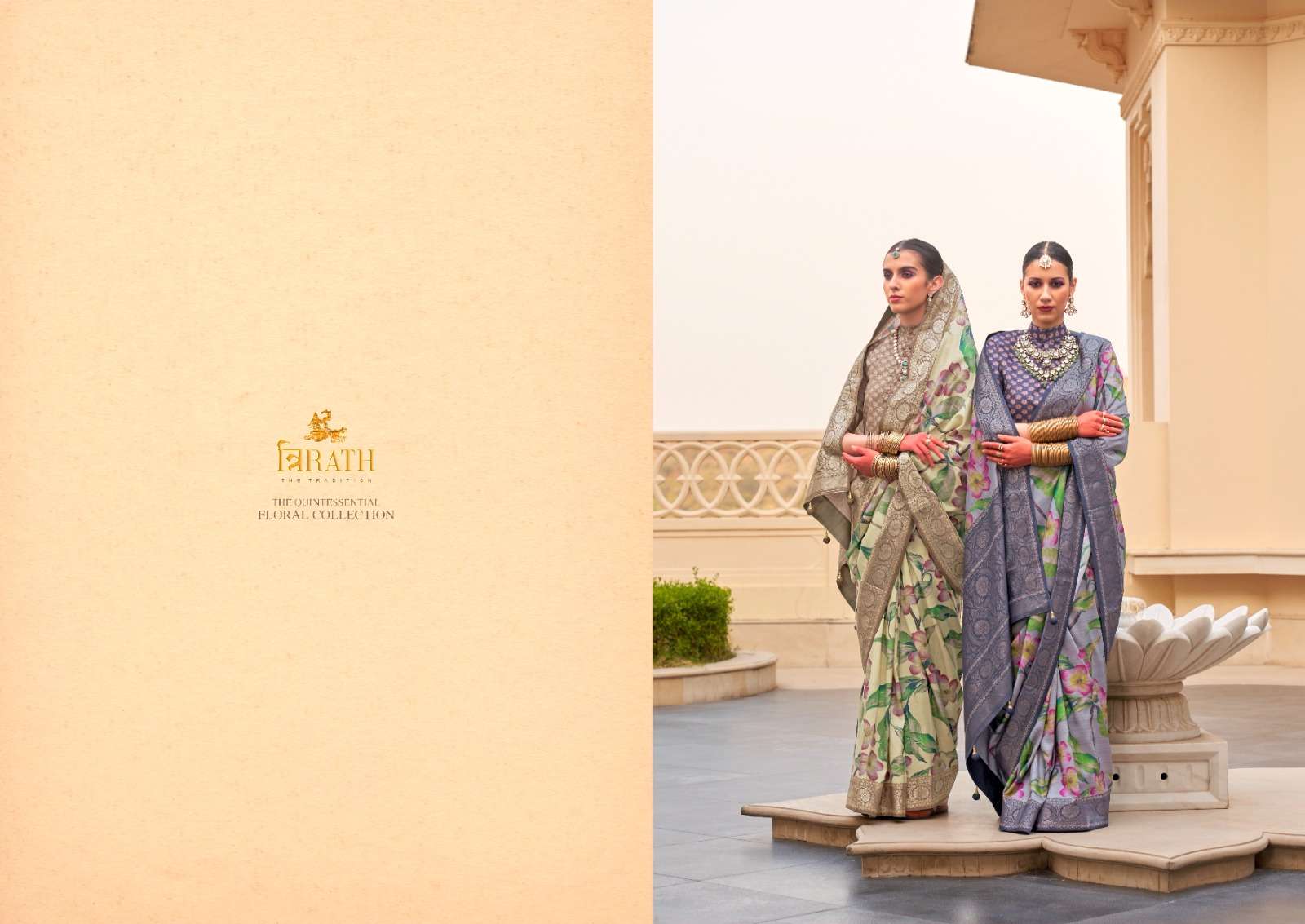
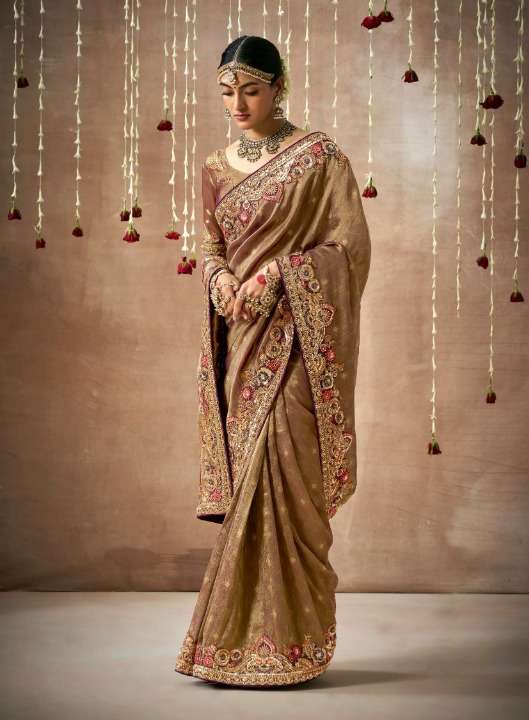
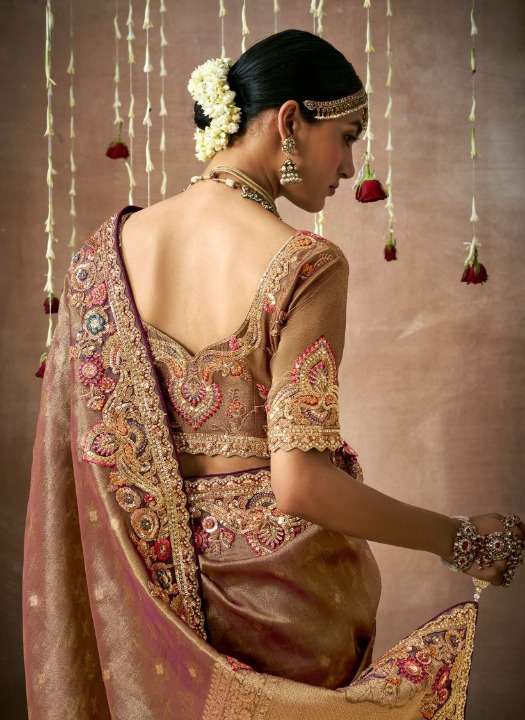 ">
">
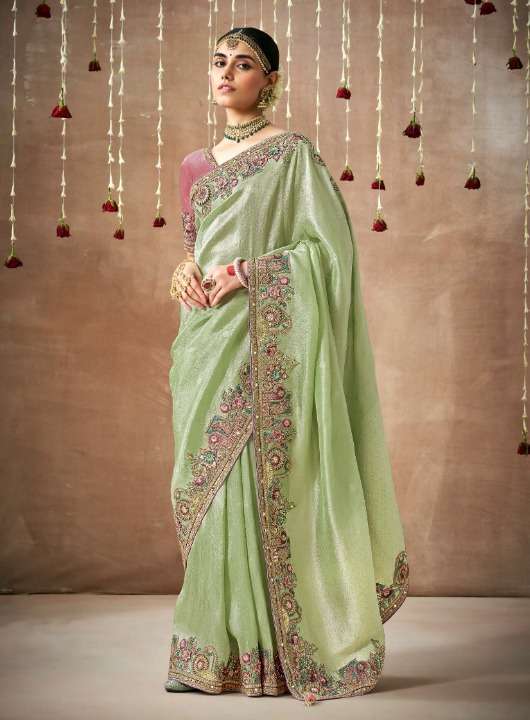
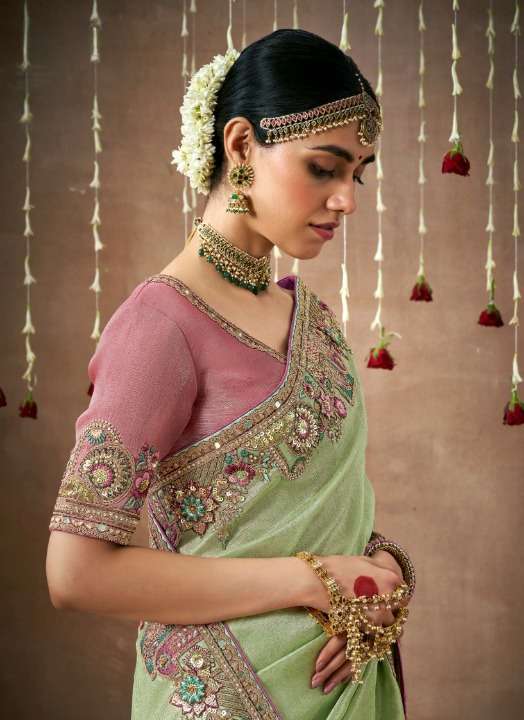 ">
">

 ">
">

 ">
">